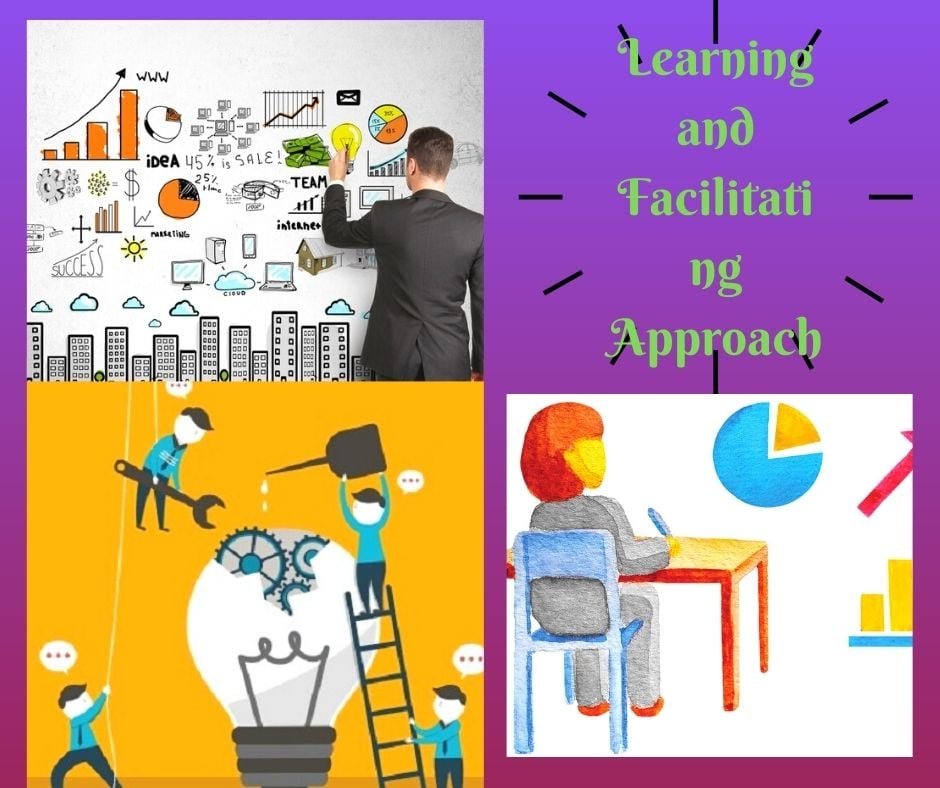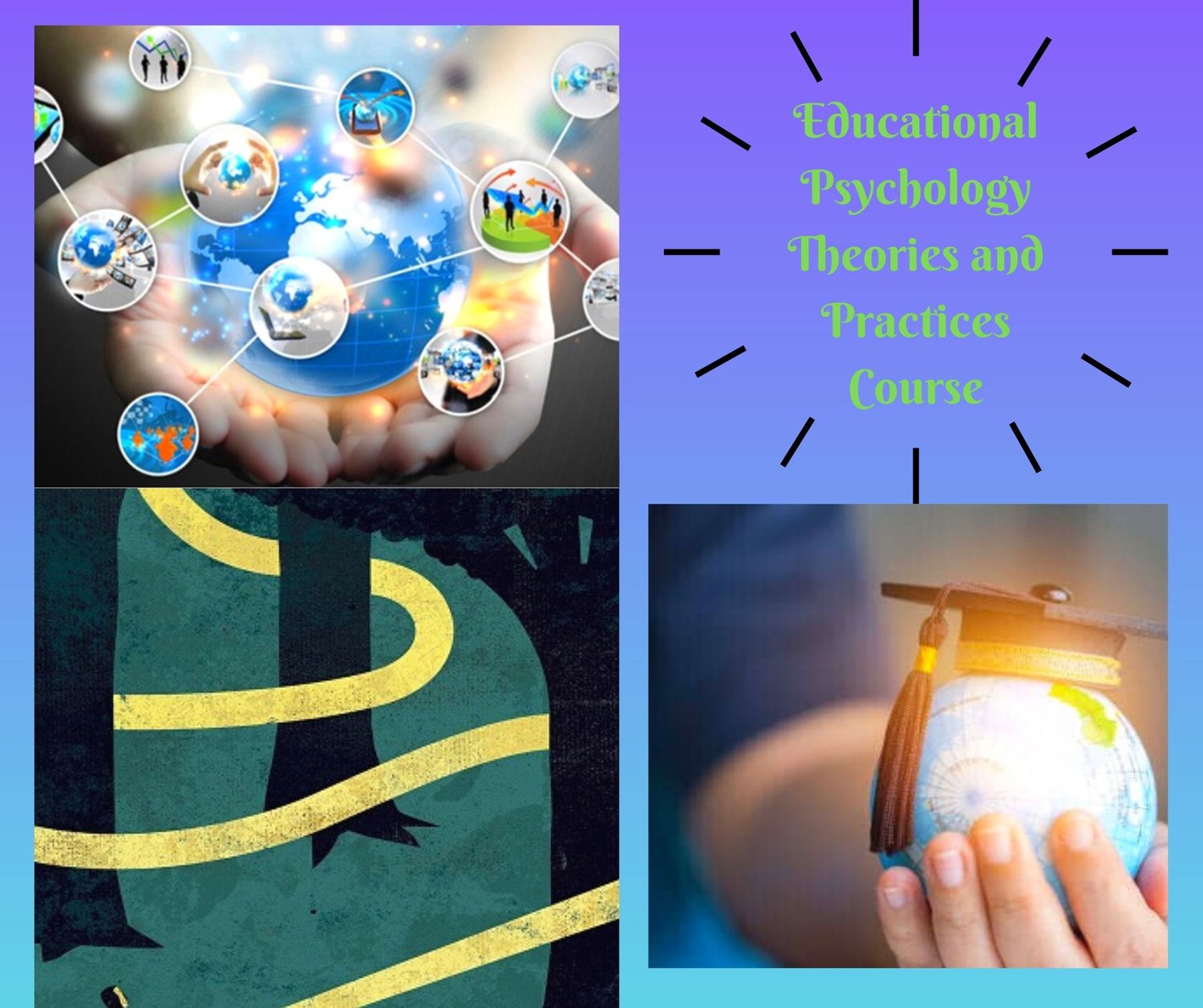
Teaching Basic Elements Course
On Sale
€19.00
€19.00
Do the results of your long-term work always lead you to success? Do you find your current study method useful? How effective are your efforts to create a time- and energy-efficient system?
Cognitive and educational psychology research can help us find the most effective learning methods. In this article, we will include 10 learning techniques and as a result of the researches, we will classify these techniques according to their effects. If you're ready, let's start.
1. DETAILED INQUIRY TECHNIQUE
Studies show that detailed inquiry technique improves learning. “Why?” you will ask in each item. The question helps you learn more about that topic and research it for a logical answer. New information is integrated with existing information, and as details gain meaning, effective and continuous learning becomes possible. This technique may be an ideal method for individuals with relevant learning characteristics.
2. SELF-EXPLANATION TECHNIQUE
It can be used for how new knowledge can be related to existing knowledge and for making sense of steps in practice, problem solving. In this technique, the individual uses his logical reasoning ability at a high level. The self-explanatory technique can be used in different fields in a wide age range and its effect is directly related to the understanding and transfer skills of the learner.
3. SUMMARY TECHNIQUE
Contrary to copying, the method of summarizing can enable us to organize repetitive facts on the subject learned, and to create a meaningful and systematic study note from a large amount of information. It has been determined that this technique, which requires cognitive organizational processing skills in determining the main ideas, can accelerate learning when supported by reading aloud.
There are also studies that explain that the summarization technique has not found a direct benefit on test performance.
4. Highlighting, Underlining Technique
How well do our highlighters work? Does the method of underlining items that seem important provide cognitive processing of information? Unfortunately, research has revealed that test performance can be negatively correlated with the amount of highlighted text. The reason for this is the isolation effect, which is a fundamental cognitive phenomenon.
The isolation effect phenomenon is based on the principle that the unique item out of a group of items will be remembered more. Therefore, although this technique improves memory skills, when too much text is emphasized, it can cause some information to be ignored and only the most different information to be remembered.
5. TECHNIQUE OF USING KEYWORDS AS MEMINISTERS
There are studies showing that mental imagery and visual imagery have the same brain mechanism. Especially during foreign language learning, a mental image can be developed from word stresses to facilitate learning. Likewise, some word groups in different fields can replace many formulas. For example, the phrase "don't shoot the kite, don't stop the shooter" as a mnemonic can replace an integral formula and help you raise your nets.
6. TECHNIQUE OF CREATING MENTAL SCHEMES FROM TEXT
If you prefer to learn by reading and listening, you can process information by creating visual diagrams. Some studies have revealed that this method facilitates learning. However, since it requires mental mapping, it is stated that it does not appeal to a wide age range.
7. REREADING TECHNIQUE
Re-reading the textbook, articles and notes can be an effective learning method as it increases the amount of information collected and provides a better conceptual organization of lower-level information. This method is known to provide better recall of main ideas rather than details. However, it may not be economical in terms of time and its efficiency is highly dependent on the cognitive characteristics of the learner.
8. APPLICATION, PRACTICAL TEST TECHNIQUE
Practical tests applied right after a topic show immediate feedback. This technique evaluates targeted learning and has been shown to have a high learning-enhancing effect.
9. Intermittent WORKING TECHNIQUE ACCORDING TO TIME AND MATERIALS
It is a learning method whose efficiency varies according to individual differences and high-level cognitive characteristics. This technique is based on the principle that learning activities are carried out in different sessions and with different materials. It is also known as interleaved or scattered learning. A new session is started by summarizing the information from the previous session. Thus, initial learning is reinforced.
10. INTERMITTENT WORKING TECHNIQUE ACCORDING TO THE APPLICATION
Although this technique is similar to the previous technique, it is more of a practice-oriented learning method. In some subjects, knowledge alone may not be enough. At this point, being able to interpret that information and learn; It is important to develop the practice of applying the learned formulas. Intermittent practices in this technique are in the form of blocks and progress from easy to difficult.
10 Effective Learning Methods with Scientific Data 1
CLASSIFY LEARNING TECHNIQUES ACCORDING TO ITS EFFECTS
In a meta-analysis study, learning methods were classified according to their effects. It has been emphasized that some techniques such as summarizing are not effective because they are not applied correctly by the learner, and some learning methods must be learned correctly.
●Low-impact learning techniques; summarizing, emphasizing, using mnemonic keywords, creating mental schema from the text, re-reading.
●Medium effective learning techniques; detailed inquiry, self-explanation, spaced learning by practice.
●High-impact learning techniques; practice testing, spaced learning by time and material (interleaved learning). You will find much more in this course.
Cognitive and educational psychology research can help us find the most effective learning methods. In this article, we will include 10 learning techniques and as a result of the researches, we will classify these techniques according to their effects. If you're ready, let's start.
1. DETAILED INQUIRY TECHNIQUE
Studies show that detailed inquiry technique improves learning. “Why?” you will ask in each item. The question helps you learn more about that topic and research it for a logical answer. New information is integrated with existing information, and as details gain meaning, effective and continuous learning becomes possible. This technique may be an ideal method for individuals with relevant learning characteristics.
2. SELF-EXPLANATION TECHNIQUE
It can be used for how new knowledge can be related to existing knowledge and for making sense of steps in practice, problem solving. In this technique, the individual uses his logical reasoning ability at a high level. The self-explanatory technique can be used in different fields in a wide age range and its effect is directly related to the understanding and transfer skills of the learner.
3. SUMMARY TECHNIQUE
Contrary to copying, the method of summarizing can enable us to organize repetitive facts on the subject learned, and to create a meaningful and systematic study note from a large amount of information. It has been determined that this technique, which requires cognitive organizational processing skills in determining the main ideas, can accelerate learning when supported by reading aloud.
There are also studies that explain that the summarization technique has not found a direct benefit on test performance.
4. Highlighting, Underlining Technique
How well do our highlighters work? Does the method of underlining items that seem important provide cognitive processing of information? Unfortunately, research has revealed that test performance can be negatively correlated with the amount of highlighted text. The reason for this is the isolation effect, which is a fundamental cognitive phenomenon.
The isolation effect phenomenon is based on the principle that the unique item out of a group of items will be remembered more. Therefore, although this technique improves memory skills, when too much text is emphasized, it can cause some information to be ignored and only the most different information to be remembered.
5. TECHNIQUE OF USING KEYWORDS AS MEMINISTERS
There are studies showing that mental imagery and visual imagery have the same brain mechanism. Especially during foreign language learning, a mental image can be developed from word stresses to facilitate learning. Likewise, some word groups in different fields can replace many formulas. For example, the phrase "don't shoot the kite, don't stop the shooter" as a mnemonic can replace an integral formula and help you raise your nets.
6. TECHNIQUE OF CREATING MENTAL SCHEMES FROM TEXT
If you prefer to learn by reading and listening, you can process information by creating visual diagrams. Some studies have revealed that this method facilitates learning. However, since it requires mental mapping, it is stated that it does not appeal to a wide age range.
7. REREADING TECHNIQUE
Re-reading the textbook, articles and notes can be an effective learning method as it increases the amount of information collected and provides a better conceptual organization of lower-level information. This method is known to provide better recall of main ideas rather than details. However, it may not be economical in terms of time and its efficiency is highly dependent on the cognitive characteristics of the learner.
8. APPLICATION, PRACTICAL TEST TECHNIQUE
Practical tests applied right after a topic show immediate feedback. This technique evaluates targeted learning and has been shown to have a high learning-enhancing effect.
9. Intermittent WORKING TECHNIQUE ACCORDING TO TIME AND MATERIALS
It is a learning method whose efficiency varies according to individual differences and high-level cognitive characteristics. This technique is based on the principle that learning activities are carried out in different sessions and with different materials. It is also known as interleaved or scattered learning. A new session is started by summarizing the information from the previous session. Thus, initial learning is reinforced.
10. INTERMITTENT WORKING TECHNIQUE ACCORDING TO THE APPLICATION
Although this technique is similar to the previous technique, it is more of a practice-oriented learning method. In some subjects, knowledge alone may not be enough. At this point, being able to interpret that information and learn; It is important to develop the practice of applying the learned formulas. Intermittent practices in this technique are in the form of blocks and progress from easy to difficult.
10 Effective Learning Methods with Scientific Data 1
CLASSIFY LEARNING TECHNIQUES ACCORDING TO ITS EFFECTS
In a meta-analysis study, learning methods were classified according to their effects. It has been emphasized that some techniques such as summarizing are not effective because they are not applied correctly by the learner, and some learning methods must be learned correctly.
●Low-impact learning techniques; summarizing, emphasizing, using mnemonic keywords, creating mental schema from the text, re-reading.
●Medium effective learning techniques; detailed inquiry, self-explanation, spaced learning by practice.
●High-impact learning techniques; practice testing, spaced learning by time and material (interleaved learning). You will find much more in this course.










